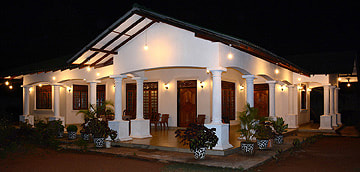Names of Sri Lanka - Ceylon
Lanka - Amradvipa - Ratnadvipa - Dhammadipa - Cinnamon Island -
Tambapanni - Taprobane - Simundu - Salike - Sinhaladvipa- Heladiva - Eelam - Seilan - Ceylon
Tambapanni - Taprobane - Simundu - Salike - Sinhaladvipa- Heladiva - Eelam - Seilan - Ceylon



